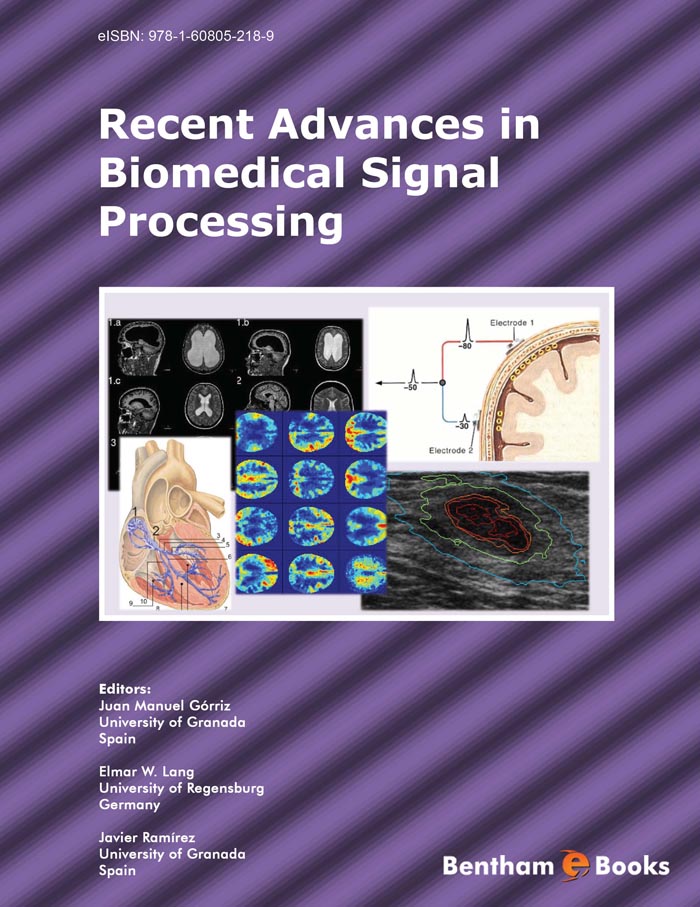Introduction
Biomedical signal processing is a rapidly expanding field with a wide range of applications, from the construction of artificial limbs and aids for disabilities to the development of sophisticated medical imaging systems. Acquisition and processing of biomedical signals has become more important to the physician. The main reasons for this development are the growing complexity of the biomedical examinations, the increasing necessity of comprehensive documentation and the need for automation in order to reduce costs. Analysis of signals accomplished by humans has many limitations, therefore, computer analysis of these signals could provide objective strength to diagnoses; however, the development of an algorithm for biomedical signal analysis is a significant challenge. This ebook will cover biomedical signal processing as used in both therapeutic and diagnostic instrumentation. A number of current research projects are also outlined with emphasis on intelligent medical image diagnosis. This book should be a valuable reference for researchers, professionals and technical experts working in the fields of Biomedical Signal processing (BSP) including applications, filtering and registration techniques, reconstruction and normalization algorithms, technical experts requiring an understanding of processing and analyzing biomedical signals, as well as postgraduate students working on image processing and novel signal processing paradigms applied to BSP.

